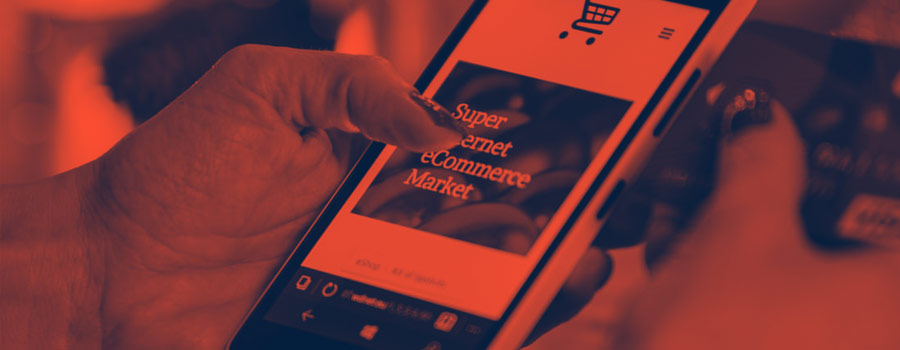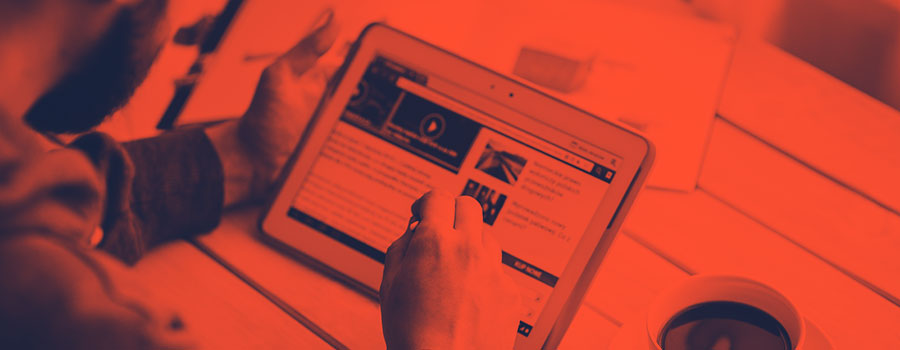Beneath the surface, what do Amazon, Apple and Uber all have in common? Every one of these companies places customer experience at the core of their business. They dissect the entire sales process in order to make each step as simple and pleasant as possible. This holds true for both the visible aspects, such as design and ergonomics, and those things that are not immediately apparent, such as catalog management, inventory, shipping and, of course, online payment. These customer relations experts provide a payment process that is so seamless it is practically about invisible payment. Ultimately, isn’t such a seamless payment experience the reason customers keep coming back all year long?
It is perfectly reasonable to assume that the success of these companies is due at least in part to the invisible payment or checkout they offer. Although customers are required to provide payment information at the time of initial purchase or subscription to a service, this step is soon forgotten thanks to the smoothness of their subsequent purchase experiences. And what a pleasure it is for customers to buy or order online without ever having to think about payment, knowing their bank information will be reused without needing their intervention. The result is a purely positive experience: taking a taxi even if you don’t have cash on hand, buying a book without taking a card out of your wallet, downloading an app onto your smartphone without having to go get your purse in the other room.
Isn’t this the ideal payment scenario? Shouldn’t it be even more seamless than what biometric technologies can offer? The payment process should be imperceptible to the customer at the time of purchase. It should occur behind the scenes between the merchants, their banks and the customers’ banks, and be facilitated by a payment services provider that can handle high transaction volumes.
What if all purchases could be like this? Gas stations that read your license plate as if it were a username, supermarkets that “run a tab” for regular customers so they can skip the line, restaurants that add your meal to your online tab in lieu of handing you a check.
Many different solutions are being implemented in an attempt to reduce payment friction, both online and in stores. However, it is unclear whether some of these actually significantly improve the customer experience or the checkout process. What’s worse, they can sometimes even undermine the customer relationship. For example, customers may have mixed feelings about paying for bakery items by dropping change into a machine. Clearly this option is better for the baker, who doesn’t have to handle money and, beyond the hygiene aspect, it reduces the risk of error and cash register fraud. But for the customer, it is not necessarily any faster, nor is it always pleasant.
The same holds true for self-checkouts at supermarkets, which can make getting through the line faster and easier, but do not eliminate the need to pay. And then there are self-serve gas stations, where customers must still use their bank cards and enter their codes before filling their tanks, potentially exposing them to fraud.
Such contactless and invisible payment options go a step further towards smoothing the process, but ultimately do not eliminate payment friction, particularly when it comes to waiting in line. Then there are issues such as training the various people involved and the need to obtain and maintain the necessary equipment.
Ideally, regular customers of an establishment should simply be able to run a tab, provide payment information (bank account and/or bank card), and then be debited the amount due weekly or monthly. Such a truly frictionless payment process would ensure a much more pleasant customer experience.




